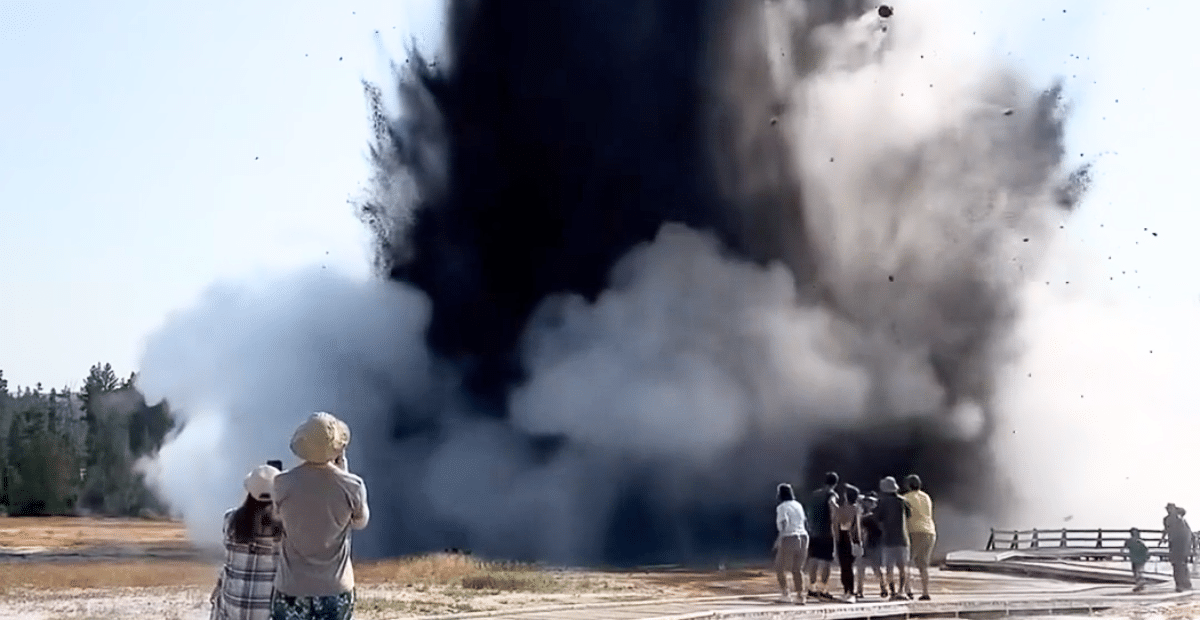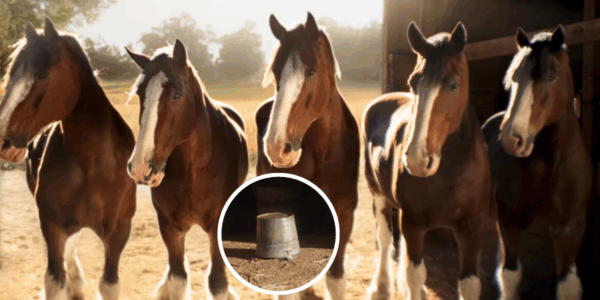What Caused the Explosion at Yellowstone National Park? Here’s What We Know
on Jul 25, 2024

On Tuesday, July 23, at around 10 a.m., an explosion occurred at Biscuit Basin in Yellowstone National Park.
A video posted by a witness on Facebook captured the entire scene. It showed tourists on the boardwalk caught in a massive eruption of black water and debris shooting into the air. Onlookers were seen running for safety, and the video also revealed that the boardwalk was completely destroyed in the aftermath. Thankfully, there were no reported injuries.
Later that day, the National Park Service (NPS) confirmed in a statement that the incident was a hydrothermal explosion.
What Causes a Hydrothermal Explosion?
It turns out that explosions like this can be quite common in Yellowstone, but they can also be very dramatic and dangerous.
While discussing the causes of these explosions, The Weather Channel’s Stephanie Abrams explained that they are triggered by underground channels of hot water, which make up Yellowstone’s geysers and hot springs.
On Wednesday’s CBS Mornings, Abrams explained, “When the pressure rapidly drops in a localized spot, it actually forces the hot water to quickly turn to steam, triggering a hydrothermal explosion since gas takes up more space than liquid. And this explosion can rupture the surface, sending mud and debris thousands of feet up and more than half a mile out in the most extreme cases.”
Abrams also noted that Tuesday’s explosion was actually smaller than most, “but a massive amount of rocks and dirt buried Biscuit Basin.”
The United States Geological Survey (USGS) also chimed in on the matter, classifying the explosion as small as well, noting that similar incidents occur in the national park “perhaps a couple times a year.” The organization added on X that these explosions often happen in the backcountry and go unnoticed.
While any explosion at Yellowstone can be alarming, given its status as a dormant supervolcano, experts have confirmed that this particular explosion was not related to volcanic activity.
The USGS stated, “This was an isolated incident in the shallow hot-water system beneath Biscuit Basin. It was not triggered by any volcanic activity.”











